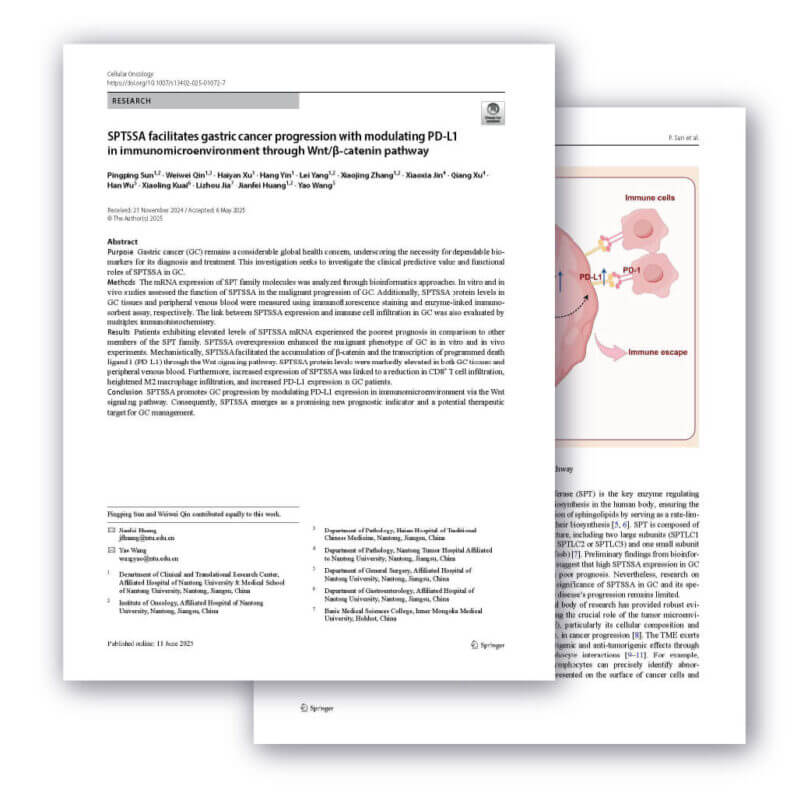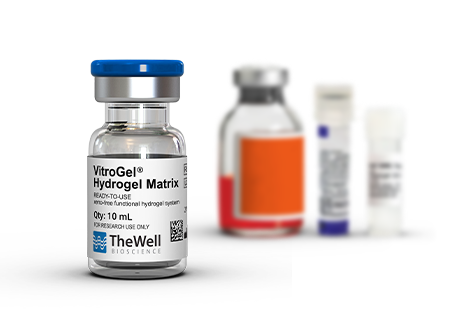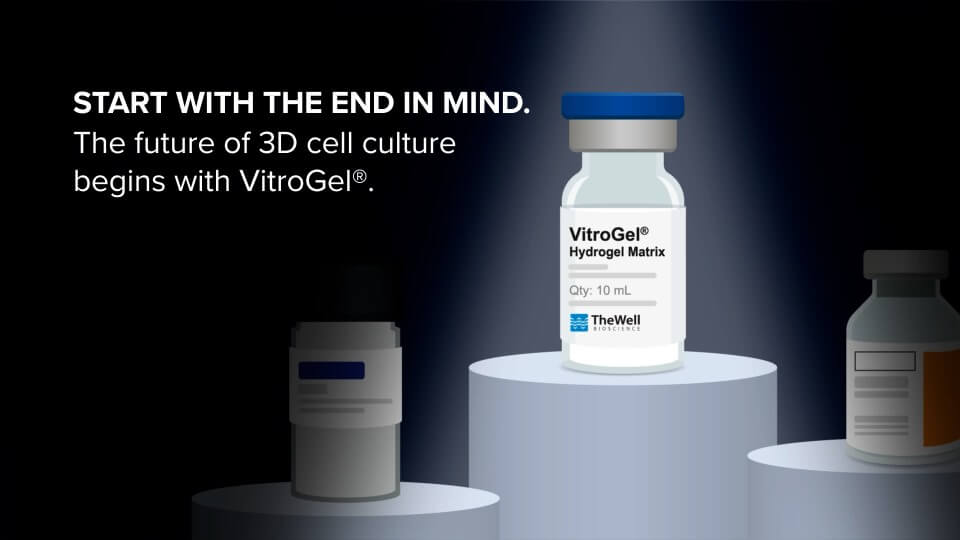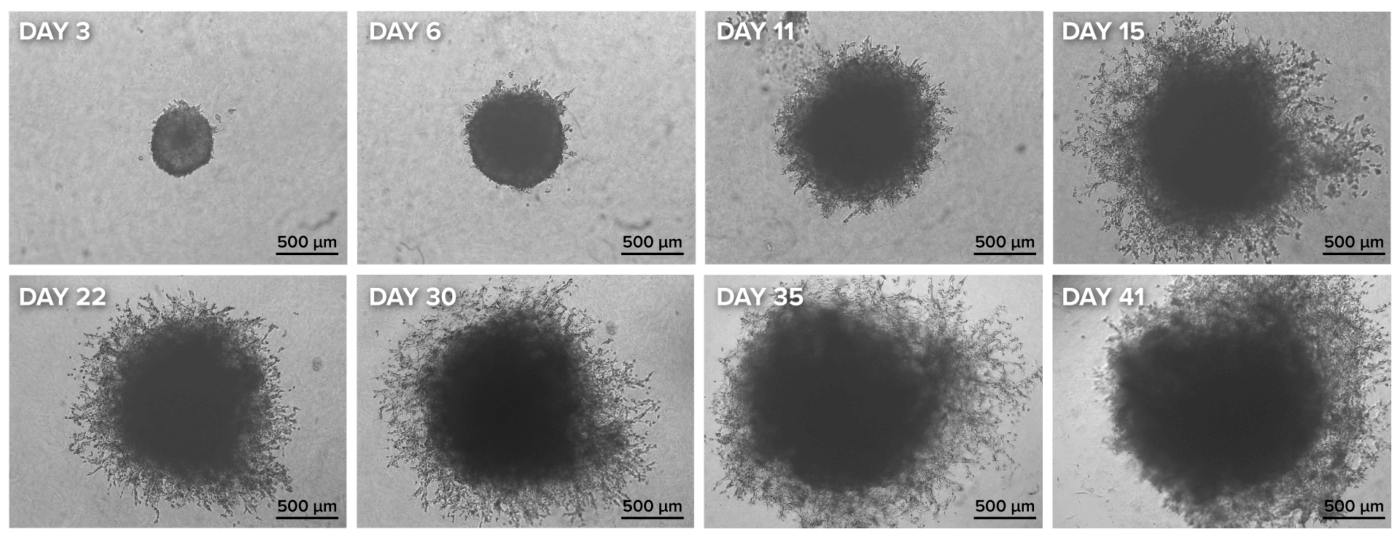Research Highlights
Unlocking Gastric Cancer’s Immune Evasion Secrets with a Key Enzyme and Xeno-Free VitroGel®
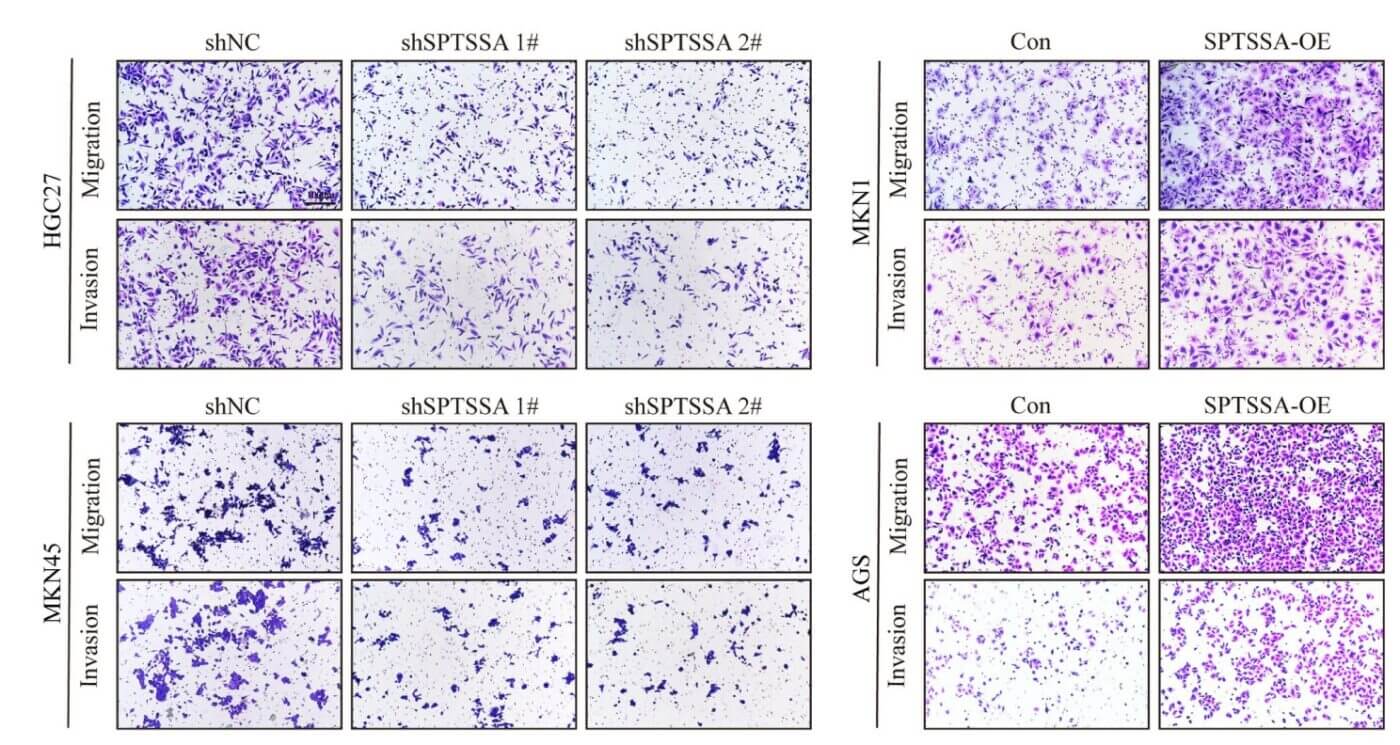
VitroGel® RGD enables critical invasion assays to reveal the role of SPTSSA in tumor progression
Category:
3D Cell models and functional assay
Subcategory:
Invasion / migration assay
Tissue Type:
HGC27 and MKN45 gastric cancer cell line
Hydrogel:
VitroGel® RGD (TWG003)
Team:
Pingping Sun, Weiwei Qin, Haiyan Xu, Lei Yang, Xiaojing Zhang, Xiaoxia Jin, Qiang Xu, Han Wu, Xiaoling Kuai, Lizhou Jia, Jianfei Huang, Yao Wang
Institutions:
Affiliated Hospital of Nantong University, Nantong, Jiangsu, China
Gastric cancer (GC) is a deadly global health threat, often diagnosed too late due to its aggressive spread and ability to evade the immune system. A major hurdle in treatment is understanding how cancer cells invade tissues and suppress immune responses. Traditional 2D cell models fail to mimic the complex 3D tumor microenvironment (TME), where cancer cells interact with immune components and metastasize. Without reliable 3D culture systems that mimic the body’s natural environment, studying cancer cell invasion and migration, which are key aspects of tumor malignancy, is severely limited, making it difficult to develop effective therapies.
This study investigated the role of SPTSSA, a protein linked to sphingolipid biosynthesis, in gastric cancer progression. To accurately assess the invasive capabilities of GC cells, the researchers utilized VitroGel RGD in their cell invasion assays. Specifically, for cell invasion experiments, the upper chambers of transwell inserts were coated with 100 µL of VitroGel RGD before introducing the cells. This hydrogel provided a three-dimensional matrix that more closely resembled the in vivo cellular environment compared to traditional 2D cell cultures. The use of VitroGel RGD was instrumental in demonstrating that SPTSSA overexpression significantly enhanced the invasive abilities of GC cells, while its knockdown diminished them. This finding highlights the hydrogel’s contribution to obtaining results that are more physiologically relevant, allowing for a more accurate understanding of how SPTSSA promotes the malignant phenotype of gastric cancer.
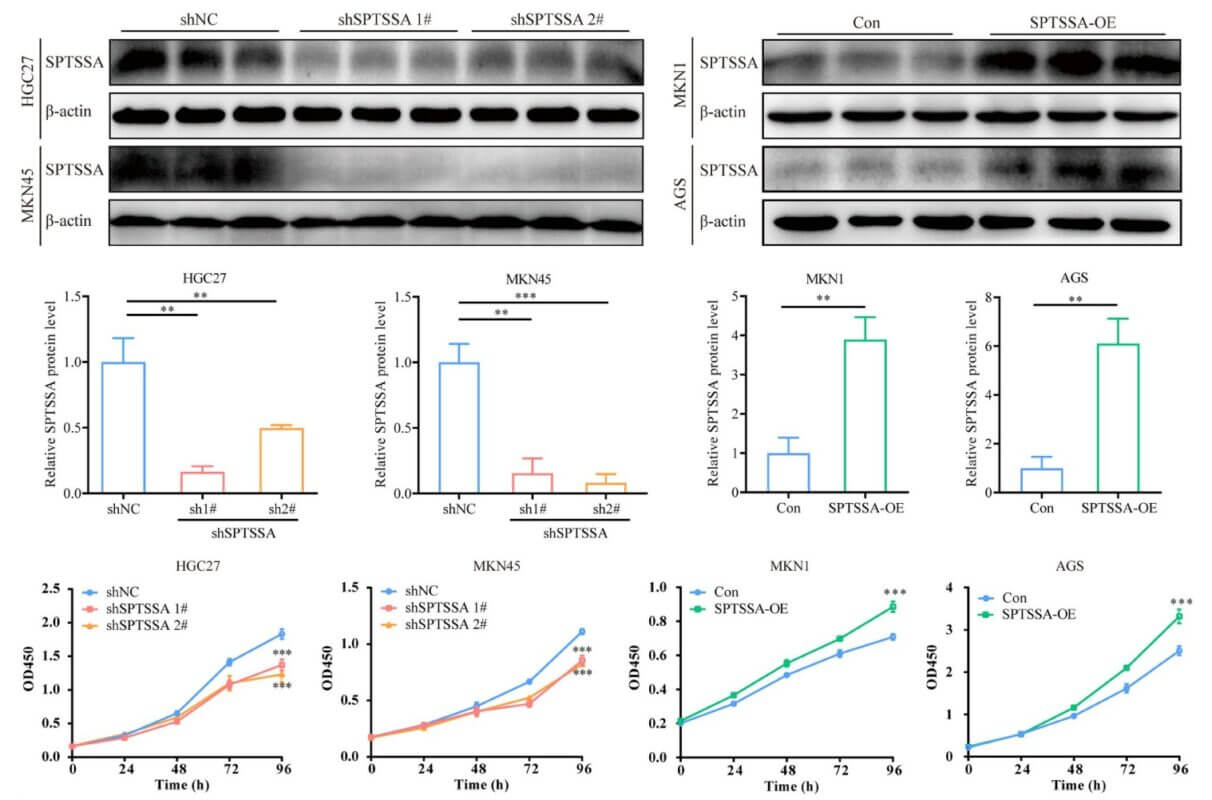
This study positions SPTSSA as a promising biomarker and therapeutic target for GC. Critically, VitroGel® RGD was pivotal in validating the role of SPTSSA in invasion by providing a scalable and physiologically accurate model that outperforms conventional methods. By replicating the TME, VitroGel® helps researchers to screen drugs targeting SPTSSA or PD-L1 in immune-responsive 3D microenvironments, accelerate discovery for other hard-to-treat cancers reliant on immune evasion pathways and bridge the gap between lab findings and clinical applications, bringing us closer to precision immunotherapy.
PRODUCT USED:
Discover how VitroGel® can support your cell culture research
Explore our updated resources for a concise overview of VitroGel®’s key features and application areas.
Comparison of VitroGel® vs. Animal-based ECM
Discover the 20+ advantages of VitroGel® over animal-based ECM with this comprehensive comparison on key features, operation, application, and storage conditions.
Learn MoreWhat is VitroGel® | Overview Video
Learn why VitroGel® is the leading animal-free hydrogel for 3D cell culture.
Learn MoreVitroGel® for Invasion / Migration Studies
Learn how VitroGel® provides easy and consistent cell invasion studies compared to animal-based ECMs.
Learn More
